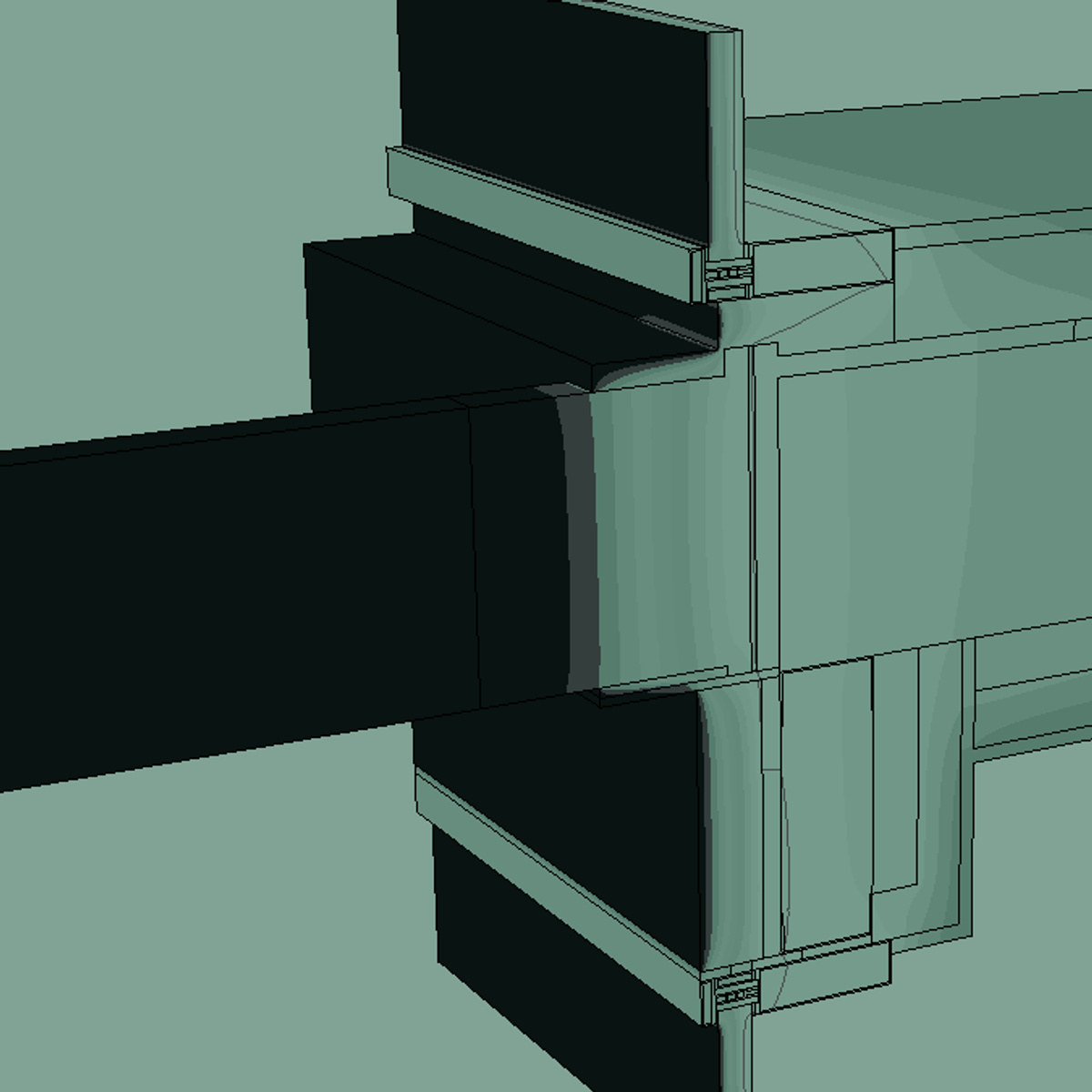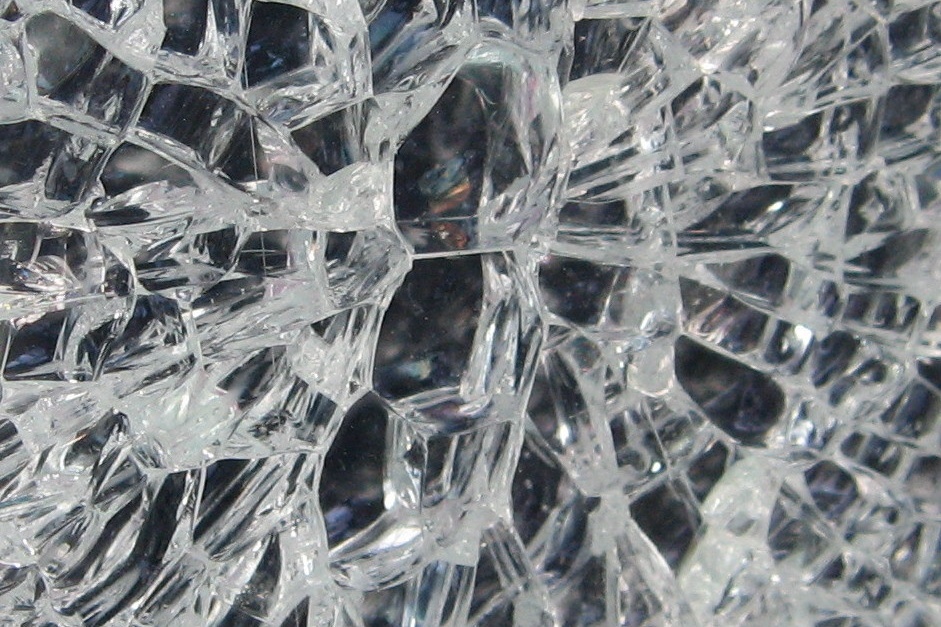The Glass ‘Butterfly Effect’; The Risk of Glass Failure due to Nickel Sulphide Inclusions
Share
Share
During the life cycle of glass panels, breakage can occur due to a number of factors and many of those factors can be difficult to identify with any degree of certainty once the glass is broken. However, some types of breakage leave telltale clues, which can help an appropriately qualified and knowledgeable person determine the cause of failure. One such case is that of nickel sulphide (NiS) inclusions.











